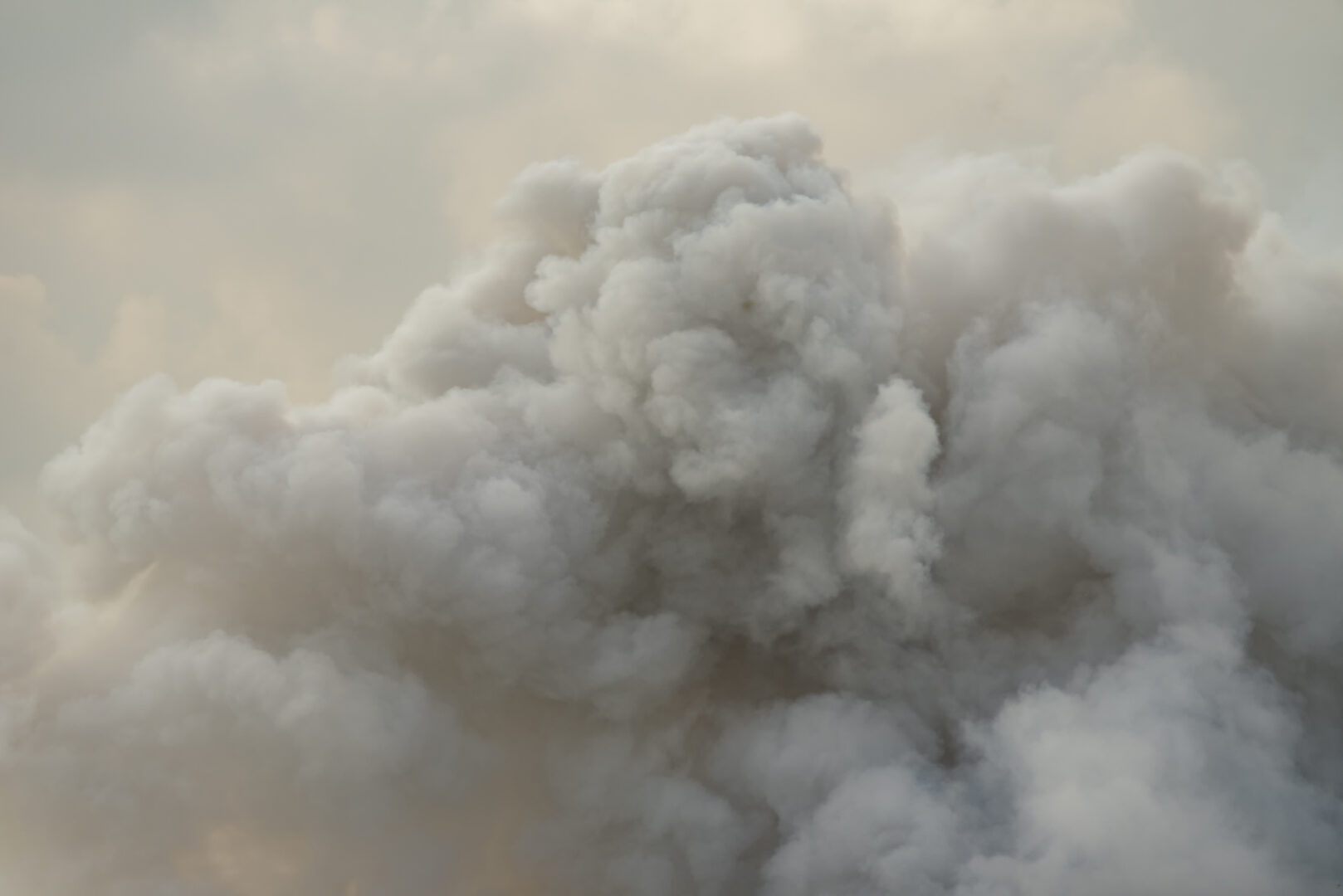
Dense white smoke rising from the raging wildfire,smoke background,close up swirling white smoke background.

Dense white smoke rising from the raging wildfire,smoke background,close up swirling white smoke background.

Dense white smoke rising from the raging wildfire,smoke background,close up swirling white smoke background.
Airdate: June 2nd, 2023
Wildfires are common nowadays in the western United States and Canada, but this spring, some 200 wildfires have burned more than 6.7 million acres in the easter Canadian province of Nova Scotia – something that’s very unusual for the North Atlantic region.
The fires are so widespread that smoke has drifted into the northeastern U.S., including here in Central Pennsylvania. The smoke has resulted in unhealthy air in some areas.
With us on The Spark Friday was Dr. Albert Rizzo, Chief Medical Officer with the American Lung Association, who talked about the impact the smoke is having,”The main things we look at in air pollution boil down to two categories. One of those on the other one is called particle pollution. And the particle pollution is really what is affected when we have wildfires, because these are small particles, 2.5 microns, much smaller than a hair. They’re so small that they can be inhaled into the lung. And we know that these particles cause inflammation in the lung. And when there’s a lot of these particles in the air, that’s when the air quality index gets worse. And the air quality index is graded different colors. Green is good all the way up to maroon, which is very, very bad for everybody. More recently, I think the air quality index in areas like Pennsylvania and New York have been in the orange category, meaning there’s enough particle pollution to really affect people who have underlying sensitivities like chronic lung diseases like asthma, emphysema, chronic bronchitis.”
Dr. Rizzo said described what those impacted by the smoke should do and includes staying indoors,”Try to close doors and windows and be self-contained with air conditioning. That doesn’t bring in the outside air. That’s one thing to do. The other is if you know, you have to go out on days like this, try to do it early in the day when there’s potentially less ozone effect contributing to the particle pollution.”
The days of journalism’s one-way street of simply producing stories for the public have long been over. Now, it’s time to find better ways to interact with you and ensure we meet your high standards of what a credible media organization should be.